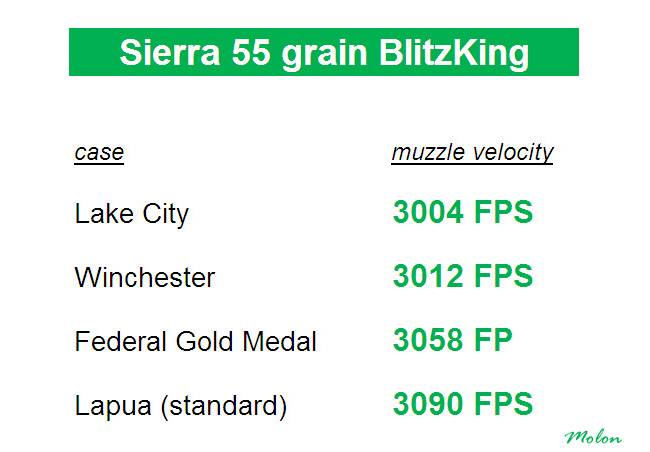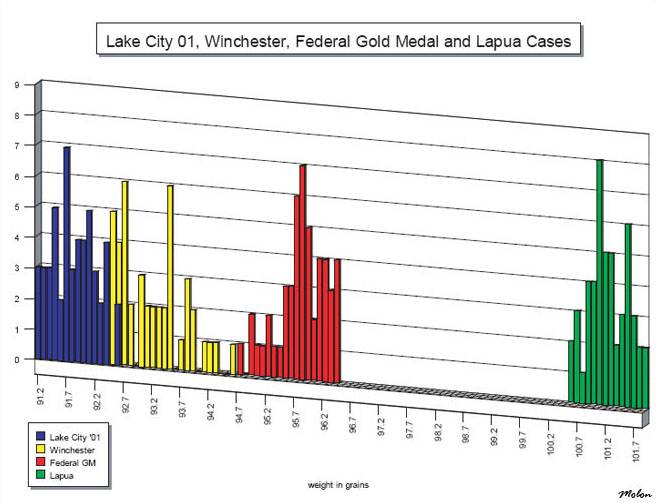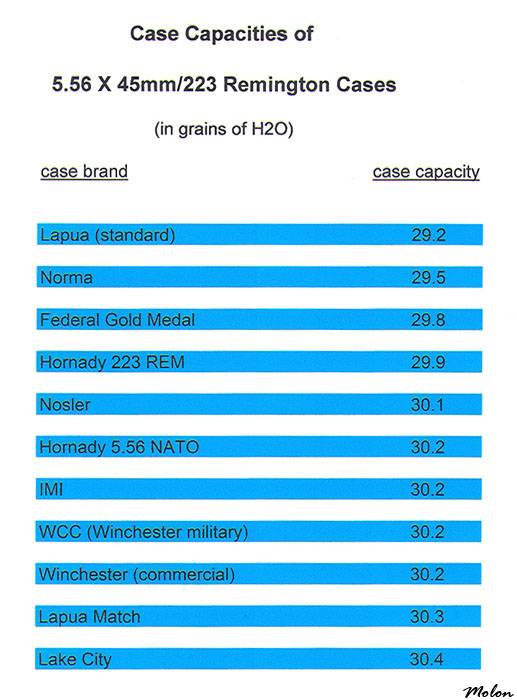I recently got some processed brass and there are two case manufacturers in there. While reloading I kept getting an alarm on the powder sensor. I would stop and weigh the powder and it was always right where it was supposed to be. After some time it dawned on me to weigh the case after seeing a higher level of powder in the case, while the powder weight was correct when checked. So the one brand is right at 9gr heavier and this results in a visibly smaller amount of empty case space after the powder drop.
So my question is with the right powder charge in these heavier cases does the smaller amount of remaining empty volume pose a problem on shooting from too much pressure?
.223 62gr bullets of various types and 24gr AR + is the load.
So my question is with the right powder charge in these heavier cases does the smaller amount of remaining empty volume pose a problem on shooting from too much pressure?
.223 62gr bullets of various types and 24gr AR + is the load.
Last edited:




